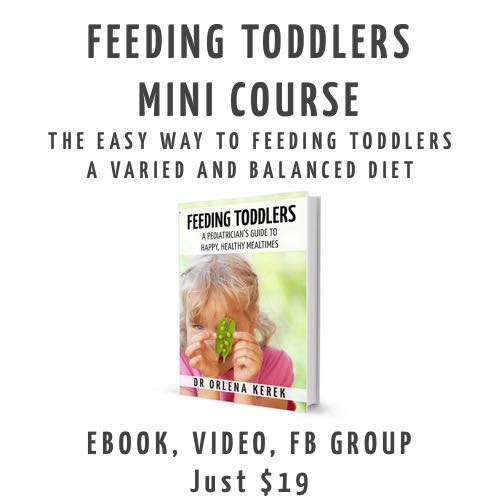Choking
What is choking?
Choking is when something, generally food, goes down your throat the wrong way. That is, it goes down your breathing tube (trachea) rather than the tube that leads to your stomach (oesophagus). Normally, you cough a few times, perhaps someone hits you on the back, but you manage to dislodge the offending object. A bit uncomfortable but no serious damage done.
Sometimes, the object gets lodged more firmly and doesn’t come out with coughing. This is a really scary situation. Your child won’t be able to breath properly and will turn blue. (It may be that the object only partially blocks the trachea and the child may be able to get some breath in and out.) Either way, call an ambulance straight away.
Try to dislodge the object
What you need to do is dislodge the object. If it is visible, try to remove it but be careful not to push it further in. If they are coughing, encourage the coughing as it is more affective than external pressure. If the cough becomes quieter or the child cannot cry or breath you need to start an intervention. Use gravity to help you and turn your child upside down, resting them on your knees is probably the easiest (or if they are very small, you can place them along your arm). Make sure their mouth is open and their neck is straight. With the heel of your hand firmly pat them between their shoulders. When I say firmly, I mean firmly, it is described as a ‘back blow’ which should give some indication of the force required. Do this five times. If that is not successful, turn the child over give five chest thrusts. Push with 2 of your fingers, just above (1 fingers breadth) where the two lowest ribs meet in the middle (the little notchy bit at the bottom of your rib cage, in the middle.)
When to start basic life support
If the child has become unconscious someone should start basic life support (breathing support and chest compressions). If no one knows basic life support, continue with the back blows and chest thrusts. Call an ambulance if you haven’t already done so.
Go on a resuscitation course
I won’t describe basic life support here as I think it is a skill that you need to practice, rather than just read in a book. Many health visitors run short courses on neonatal resuscitation. I think it is worth going to as although an unlikely event, you can make a lot of difference if you know what you’re doing (especially in children as opposed to adults.)

 Feeding Toddlers.
Feeding Toddlers. Would you like your kids to eat more healthily? Check out the book!
Would you like your kids to eat more healthily? Check out the book!